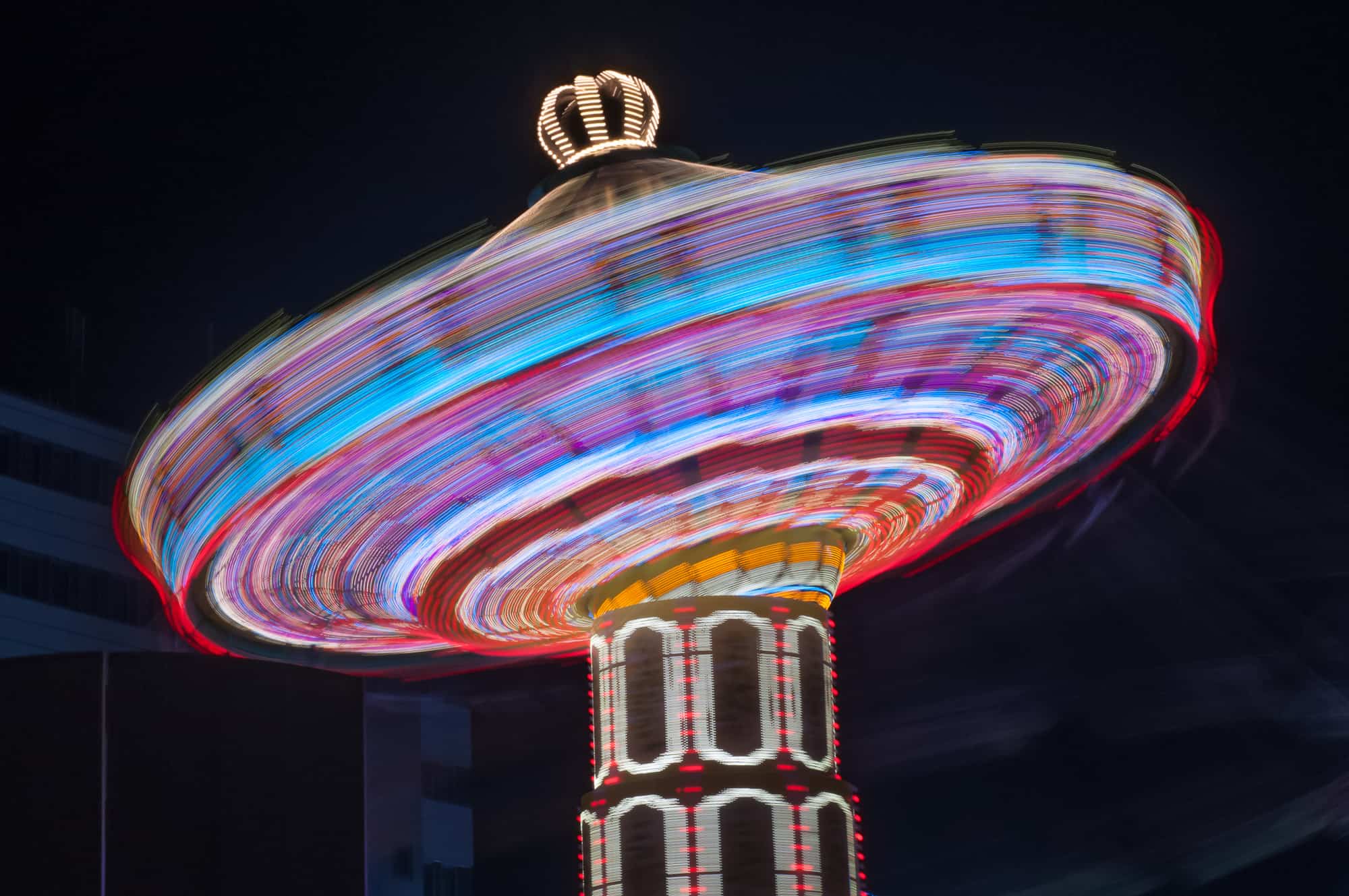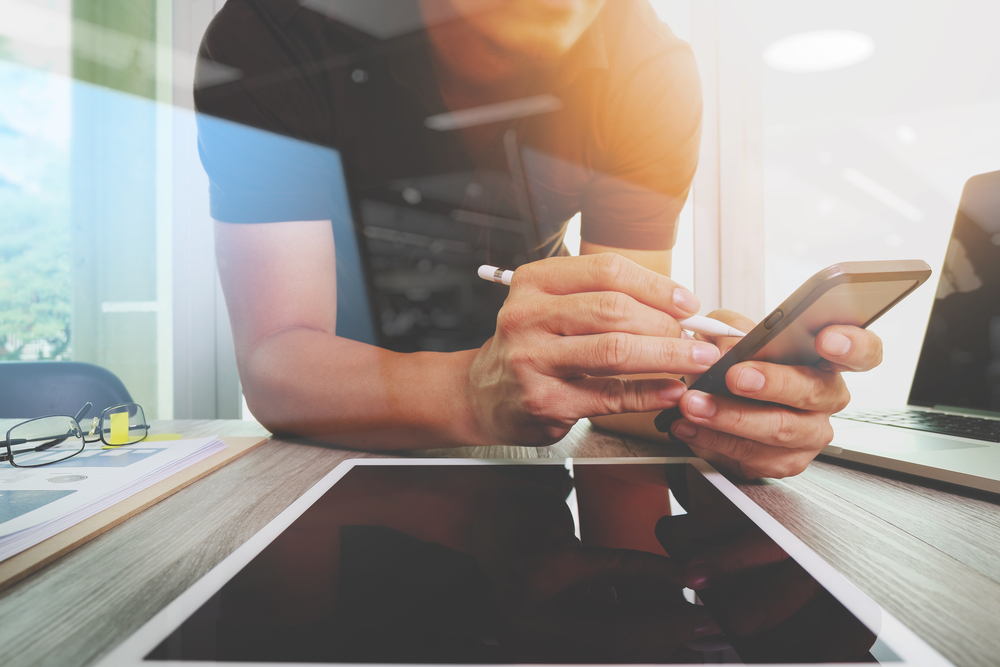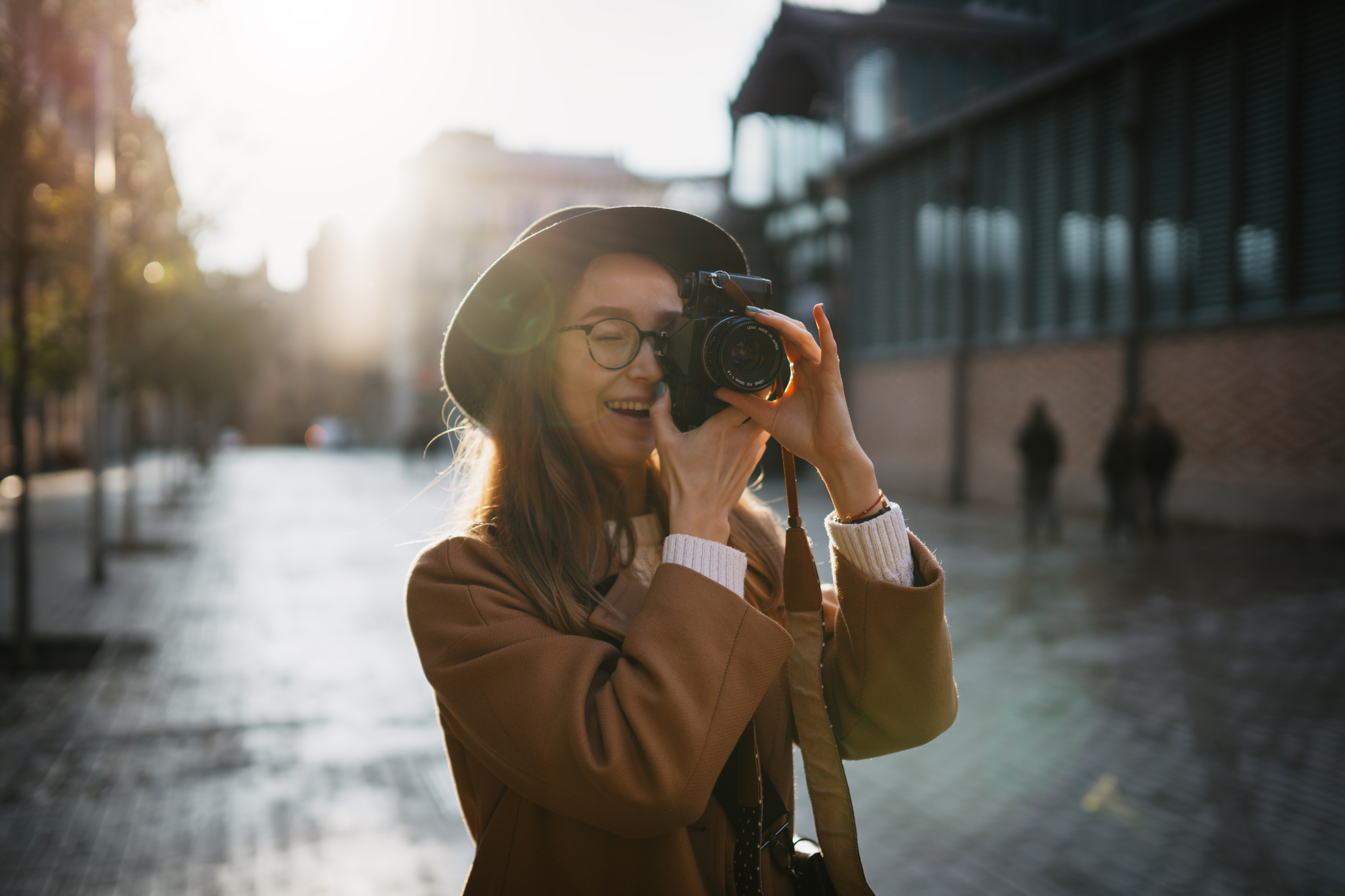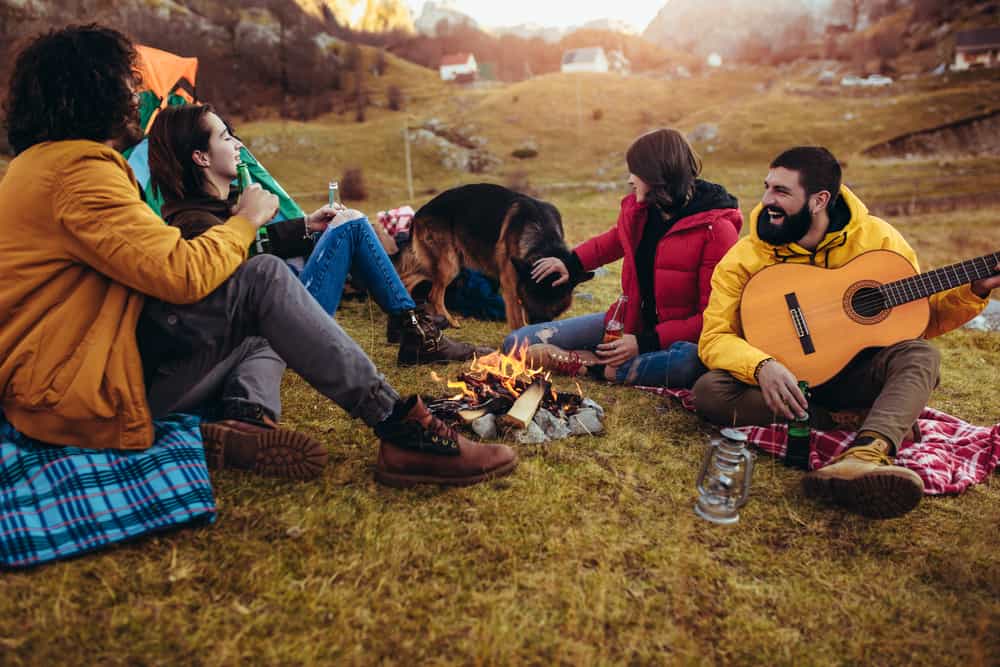What Shutter Speed Is
When you take a picture with a DSLR camera, you hear a click of its shutter. A shutter is a thing that serves as a curtain or a barrier in your camera. It keeps a camera’s sensors covered from light until you press the button and take a picture. When you do it, the shutter opens, light comes through your lenses and exposes your digital sensor, resulting in a photo. With film photography, it’s the film that gets exposed when the shutter is open and light can come through it. Your camera takes images when the shutter is open, but the span time for which it is open varies, which is why different shutter speeds exist. That means that the longer your shutter is open, the longer (or slower) your shutter speed is, and the more light is exposed to the sensors. Shutter speed can be less than a quarter of a second or, on the contrary, last for several minutes. To put it simply, shutter speed determines how long a camera’s shutter is open, influencing the outcome of your final shot. Shutter speed is one of the three parts of the exposure triangle (the other two being aperture and ISO, or light sensitivity of a sensor), which means it is one of the key things you need to keep in mind to receive a balanced, correctly exposed image.
Shutter speed measurement
This is measured in fractions of a second, in seconds, and even minutes, depending on its length. For example, shutter speed marked as 1/4 means you will take a shot in a quarter of a second, 1/2 – in half of a second, and so on. Fast shutter speeds and slow shutter speeds can create oppositely looking shots. Fast shutter speed indicates the shortest amount of time the shutter is open. Modern cameras can take a picture as fast as 1/1000 or 1/500 of a second, which is useful when you shoot in well-lit spaces or outdoors when the sun is bright since longer shutter speeds might result in overexposed images. While longer shutter speeds, from 1/100 of a second to 1/2, are considered relatively slow, they are what we can call a medium shutter speed. Actually, low shutter speed (or long shutter speed) is any shutter speed that is longer than 1 second. Really long shutter speeds last as long as several minutes and are used for night photography when the amount of light is limited.
Shutter speed and movement
As mentioned earlier, shutter speed directly influences how much light your sensors will receive. However, it is also important to keep in mind that shutter speed is responsible for how action and movement will look in the photo. If your shutter speed is open for a longer period of time with your shutter speed being slow, your camera will capture everything that happens until the shutter is closed again. If you shoot moving objects, longer shutter speeds will create motion blur, which sometimes can be done for artistic purposes. However, if you want to take a crisp photo and ‘freeze the movement’, you should opt for a faster shutter speed. Another important thing to consider is that when you shoot with longer shutter speeds, even the slightest shake of your camera might ruin the image. That’s why most photographers use tripods for long exposure photography (or slow shutter speed photography). When your shot is done in 1/500 of a second, the chance you will shake your camera is minimal, but when the shutter is open even for half a second, this seems more likely.
How to Use Shutter Speed in Different Photography Genres
Shutter speed as part of the exposure is important for any photography genre. However, there are many photography genres that heavily rely on shutter speed to create a certain outcome of a picture. Here is how fast and long shutter speeds are used by photographers in different fields.Fast shutter speed
The most obvious example of the photography genre that relies on fast shutter speeds is sports photography. When you shoot actively moving people, especially sportsmen, it’s hard to receive a crystal clear, sharp image if you don’t use the fastest shutter speed that your camera is capable of. Fast shutter speed is also perfect for portrait photography outdoors, especially if you ask your models to do something in front of a camera, or they laugh and move. When you shoot in good lighting conditions, even a relatively medium shutter speed of 1/15 or 1/30 might result in an unintentional blur or overexposed shots.









